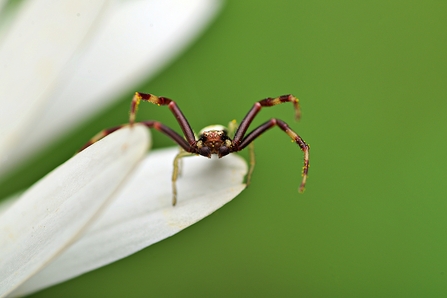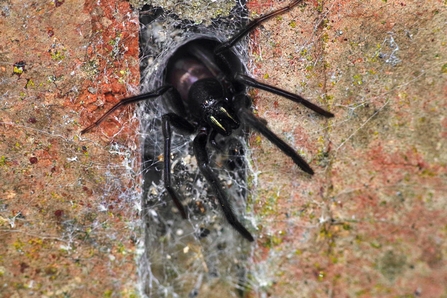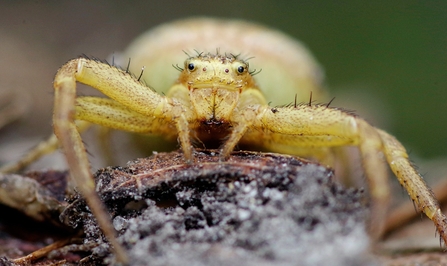Lockdown has been difficult for all of us, but for many people it has put a focus on the wildlife that call our gardens home. Popular species that visit gardens include various birds and mammals, and although I greatly welcome both, some of the most fascinating inhabitants of gardens are greatly overlooked and are rather unpopular. I’m talking about the spiders!
According to the World Spider Catalogue, there are approximately 48, 559 spider species worldwide with around 670 species living in the UK at the time of writing this blog. Hampshire is blessed with good spider diversity due to the county’s array of special habitats. Some of these species are localised or nationally scarce and can sometimes turn up in gardens. The aim of this blog is to raise awareness about the importance of these seldom-mentioned animals, the myths that come with their reputation and how you can explore the weird and wonderful world of spiders in your garden.
Why care about spiders?
Well, a relatively recent study managed to statistically estimate that spiders worldwide eat 400-800 metric tonnes in insect flesh every year. For context, humans consume around 400 metric tonnes in meat and fish every year1. A staggering statistic! Without spiders we would be absolutely overrun with insects, including disease-spreading and crop-destroying species.
Furthermore, research is beginning to reveal how the presence of spiders in ecosystems influences the behaviour of insects in a way that prevents particular plant species being over-eaten. This results in greater plant diversity, which promotes improved biodiversity across all species2

















